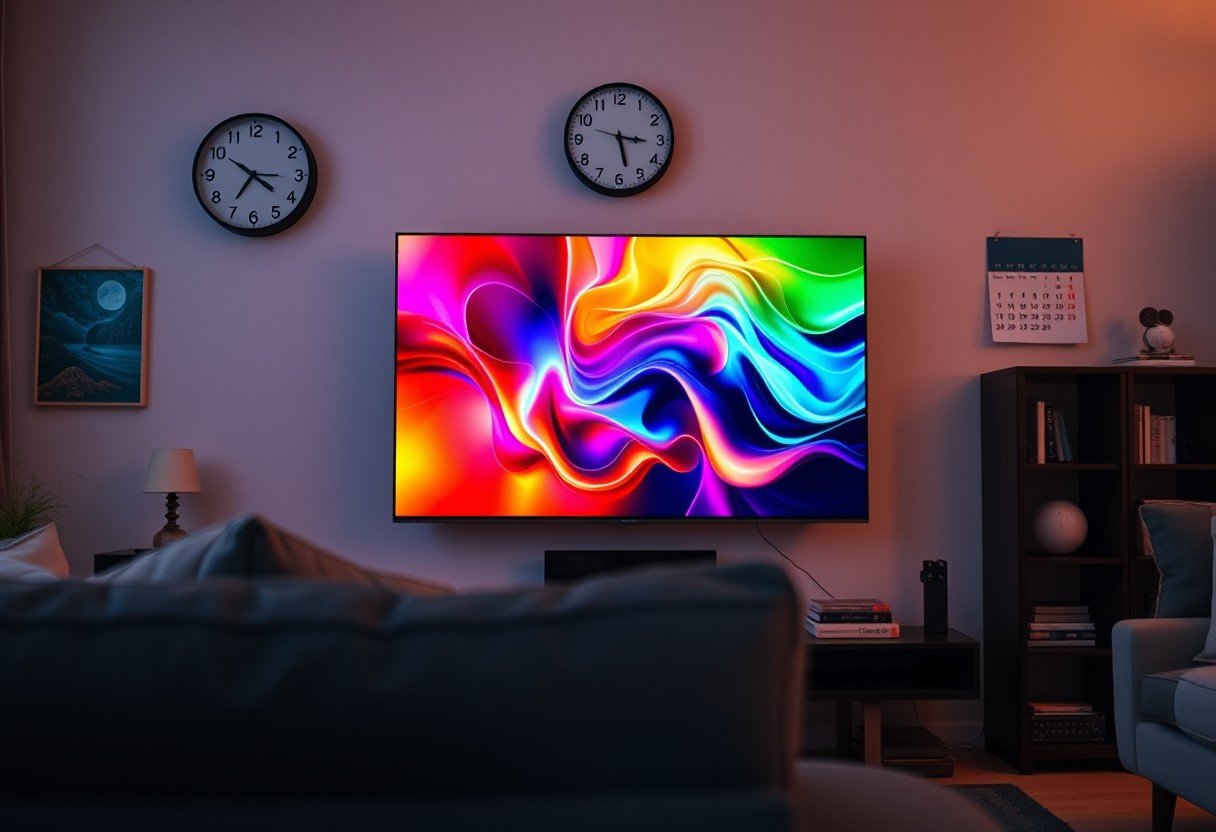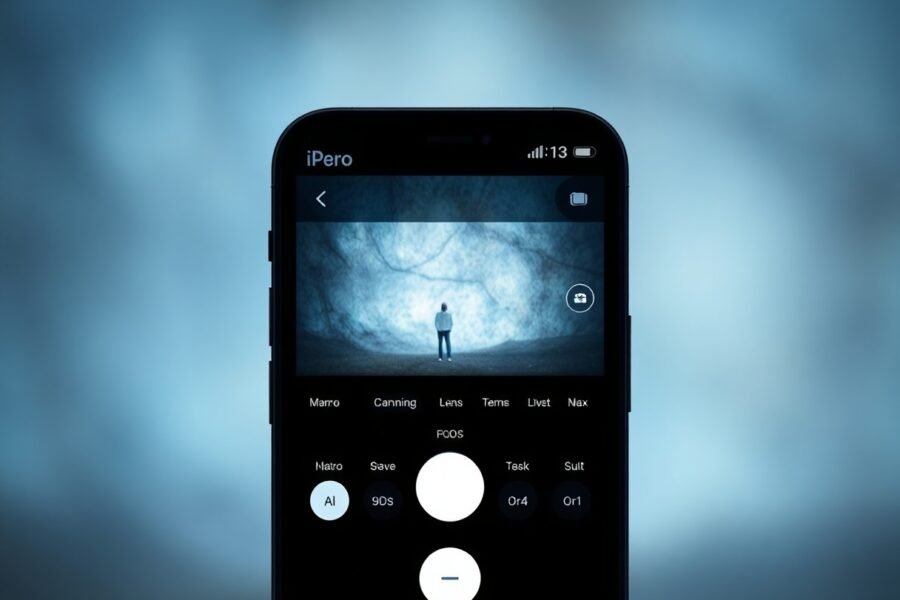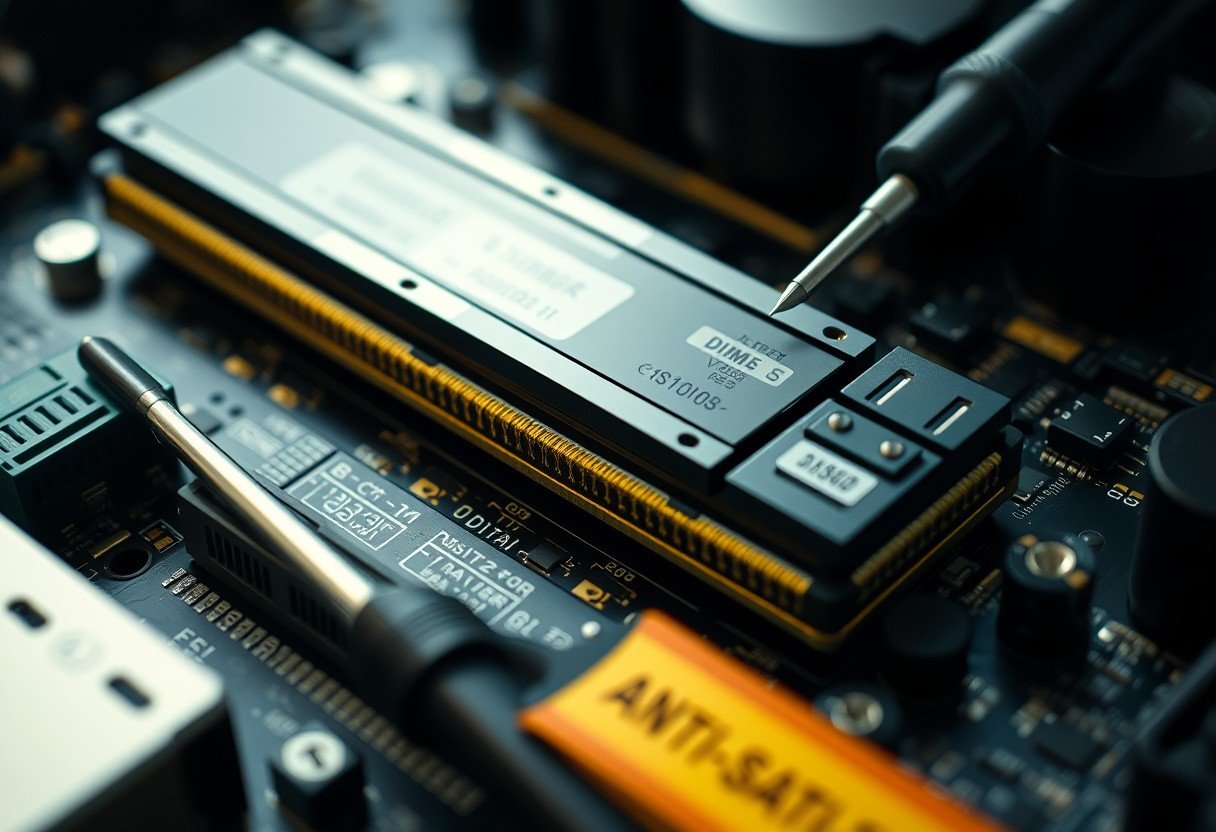Wondering how long your new LED TV will last? You can typically expect an LED TV to provide quality entertainment for about 7 to 10 years. This lifespan, however, depends heavily on how you use it, the brand quality, and how well you maintain it. Understanding these factors can help you get the most value and enjoyment from your television for many years to come.
What is the Average Lifespan of an LED TV?
Most manufacturers claim their LED TVs can run for 40,000 to 100,000 hours. For the average person watching TV for about 5-7 hours a day, this translates to a lifespan of roughly 5 to 10 years. This is an estimate, and many TVs can last longer with proper care.
These manufacturer claims are often based on tests done in perfect lab conditions. In the real world, things are different. Your viewing habits, the brightness settings you use, and the environment of your room all play a role.
A TV used constantly at maximum brightness will likely have a shorter lifespan than one used moderately with balanced picture settings. Therefore, while the 100,000-hour figure is a good benchmark for the technology’s potential, your actual experience may vary.
Key Factors that Influence Your TV’s Longevity
Several critical factors determine how long your LED TV will actually last. It’s not just about the brand you buy; it’s also about how you use and care for the device in your home.
Usage patterns are a major influence. If a TV is on for 12 hours a day versus 4 hours, its components will naturally wear out faster. Running the TV at its highest brightness and contrast settings puts more strain on the backlight LEDs, which can cause them to dim prematurely over the years.
The environment is another crucial element. Heat is the enemy of electronics. A TV placed in a tight cabinet without proper airflow or in a room that gets very hot can overheat, stressing its internal parts. High humidity and excessive dust can also cause problems, leading to corrosion or blocked vents.
How to Extend the Life of Your LED TV
You can take several simple steps to help your LED TV last as long as possible. Proper maintenance and smart usage habits can significantly extend its operational life beyond the average estimates.
Adjusting the picture settings is one of the easiest and most effective methods. Lowering the backlight or brightness from the maximum level reduces stress on the LEDs and consumes less power. Many modern TVs have power-saving modes that automatically optimize these settings for you.
Protecting your TV from electrical issues is also vital. Here are a few key tips:
- Use a Surge Protector: Power surges from lightning or grid issues can instantly destroy your TV’s sensitive electronics. A quality surge protector is a small investment that offers essential protection.
- Ensure Proper Ventilation: Make sure there are a few inches of space around your TV for air to circulate freely. Never block the ventilation slots on the back or sides of the television.
- Turn it Off: When you’re not watching, turn the TV completely off instead of leaving it on a static screen. This prevents unnecessary wear and tear on the display.
Regular cleaning is also important. Use a soft, dry microfiber cloth to wipe down the screen and casing. This prevents dust from building up and getting inside the vents, which could lead to overheating.
Recognizing the Signs of a Failing LED TV
As an LED TV ages, it will start to show signs of wear. These issues often appear gradually, so knowing what to look for can help you decide if it’s time for a repair or a replacement. The most common problems relate to picture quality.
You might start to notice pixel issues, such as dead pixels (black dots) or stuck pixels (dots that are always a certain color). While one or two might not be a big deal, a growing number of them can become very distracting.
Changes in color and brightness are another clear indicator of aging. The screen might look dimmer than it used to, or colors may appear washed out and less vibrant. You could also see uneven lighting, where some parts of the screen are brighter than others. This is often a sign that the backlight is beginning to fail.
How LED TVs Compare to Other Technologies
When considering longevity, it’s helpful to see how LED technology stacks up against other types of TVs. Different display technologies have different strengths, weaknesses, and expected lifespans.
OLED TVs, for example, are known for their perfect black levels and amazing color, but their organic components can degrade faster than the inorganic materials in LED TVs. This can sometimes lead to a shorter overall lifespan.
Here is a general comparison of average lifespans for different TV technologies.
| TV Technology | Average Lifespan (Hours) |
| LED | 40,000 – 100,000 |
| OLED | 30,000 – 50,000 |
| LCD (with older CCFL backlight) | 50,000 – 100,000 |
| Plasma | 30,000 – 40,000 |
LED and traditional LCD TVs generally offer the longest lifespans, making them a reliable choice for long-term use. While OLED offers superior picture quality, the trade-off may be a shorter operational window before brightness starts to fade.
Is it Worth Repairing an Old LED TV?
When your LED TV starts to have problems after several years, you face the choice of repairing or replacing it. The right decision often comes down to cost. A good rule of thumb is to consider a replacement if the cost of the repair is more than half the price of a comparable new TV.
Technology also advances quickly. A new TV will likely have better picture quality, smarter features, and be more energy-efficient than your old model. Sometimes, investing in a new television provides better long-term value than spending money to fix an aging one with potentially more failing parts.
Frequently Asked Questions about LED TV Longevity
What are the signs that my LED TV is going out?
Common signs include a dimmer picture, colors that look faded or incorrect, dead or stuck pixels appearing on the screen, flickering, or the TV taking a long time to turn on.
Does the brand of an LED TV affect its lifespan?
Yes, brand and build quality can play a significant role. Premium brands often use higher-quality components that are more durable and may last longer than those found in cheaper, budget-friendly models.
Is it bad to leave an LED TV on all day?
Leaving your TV on all day will accelerate the aging of its components, particularly the backlight. This will contribute to a shorter overall lifespan compared to turning it off when not in use.
How can I check the usage hours on my LED TV?
Many LED TVs have a hidden service menu where you can view the total hours of operation. You can typically find instructions on how to access this menu by searching online for your specific TV model.
Can I replace the backlight on my LED TV?
Yes, the backlight on an LED TV can be replaced, but it is often a complex and expensive repair. For many older TVs, the cost of this repair may be close to the price of a new television.









Leave a Comment